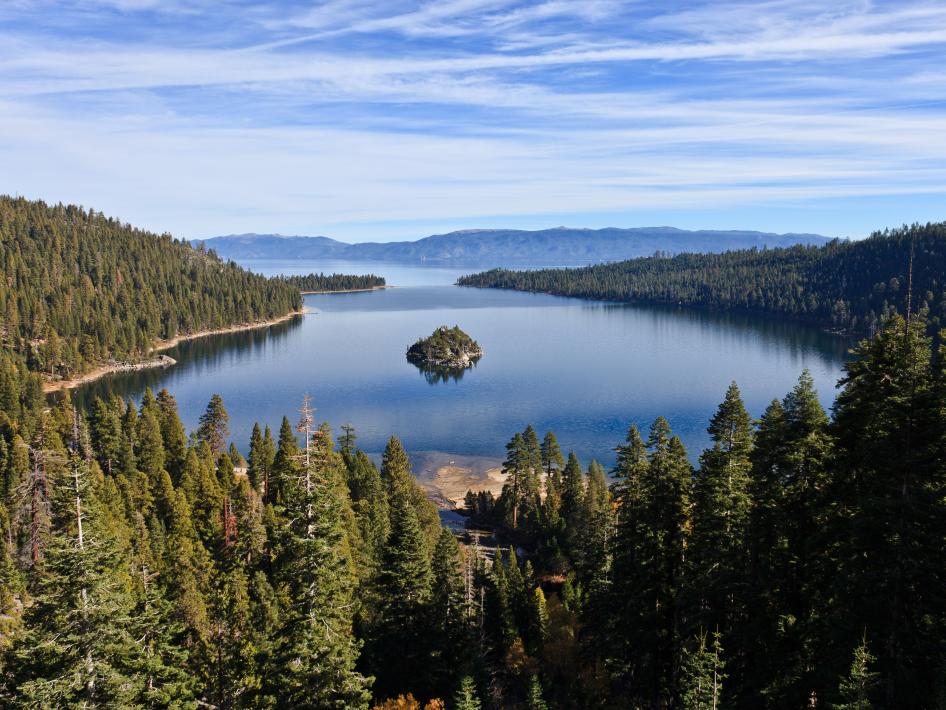We're open daily! View holiday hours
Science News
Jump in the Lake
December 9, 2010

A recent NASA study puts lakes on the warming list. Using satellite data to measure surface temperatures of 167 lakes worldwide, they reported an average warming rate of 0.45 degrees Celsius (0.81 degrees Fahrenheit) per decade, with some lakes warming as much as 1 degree Celsius (1.8 degrees Fahrenheit) per decade. The warming trend was global, and the greatest increases were in the mid- to high-latitudes of the Northern Hemisphere.
Scientists have long used air temperature measurements taken near Earth's surface to compute warming trends. But more recently, they have supplemented these measurements with thermal infrared satellite data that can be used to provide a comprehensive, accurate view of how surface temperatures are changing worldwide.
“Our analysis provides a new, independent data source for assessing the impact of climate change over land around the world,” said Philipp Schneider of NASA/JPL, and lead author of the study published last month in the journal Geophysical Research Letters. “The results have implications for lake ecosystems, which can be adversely affected by even small water temperature changes.”
Small changes in water temperature can result in algal blooms that can make a lake toxic to fish or result in the introduction of non-native species that change the lake's natural ecosystem.
What does this all mean for a lake near you? Discover’s 80beats blog says that Lake Tahoe has already warmed 3 degrees Celsius since 1985. In addition, a recent report from UC Davis spells further troubles for the alpine lake, according to the New York Times.
The average snowpack in the northern Sierra Nevada mountains that ring the lake on the California-Nevada border will decline by 40 to 60 percent by 2100 “under the most optimistic projections,” says the report from three researchers at the University of California, Davis.
Less snow could reduce the water supply for neighboring communities and affect the lake’s crystal clear blue waters.
With NASA’s new data and this recent UC Davis report, perhaps resource and environmental managers can better prepare for the future of Lake Tahoe and other lakes like it.